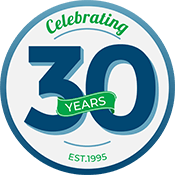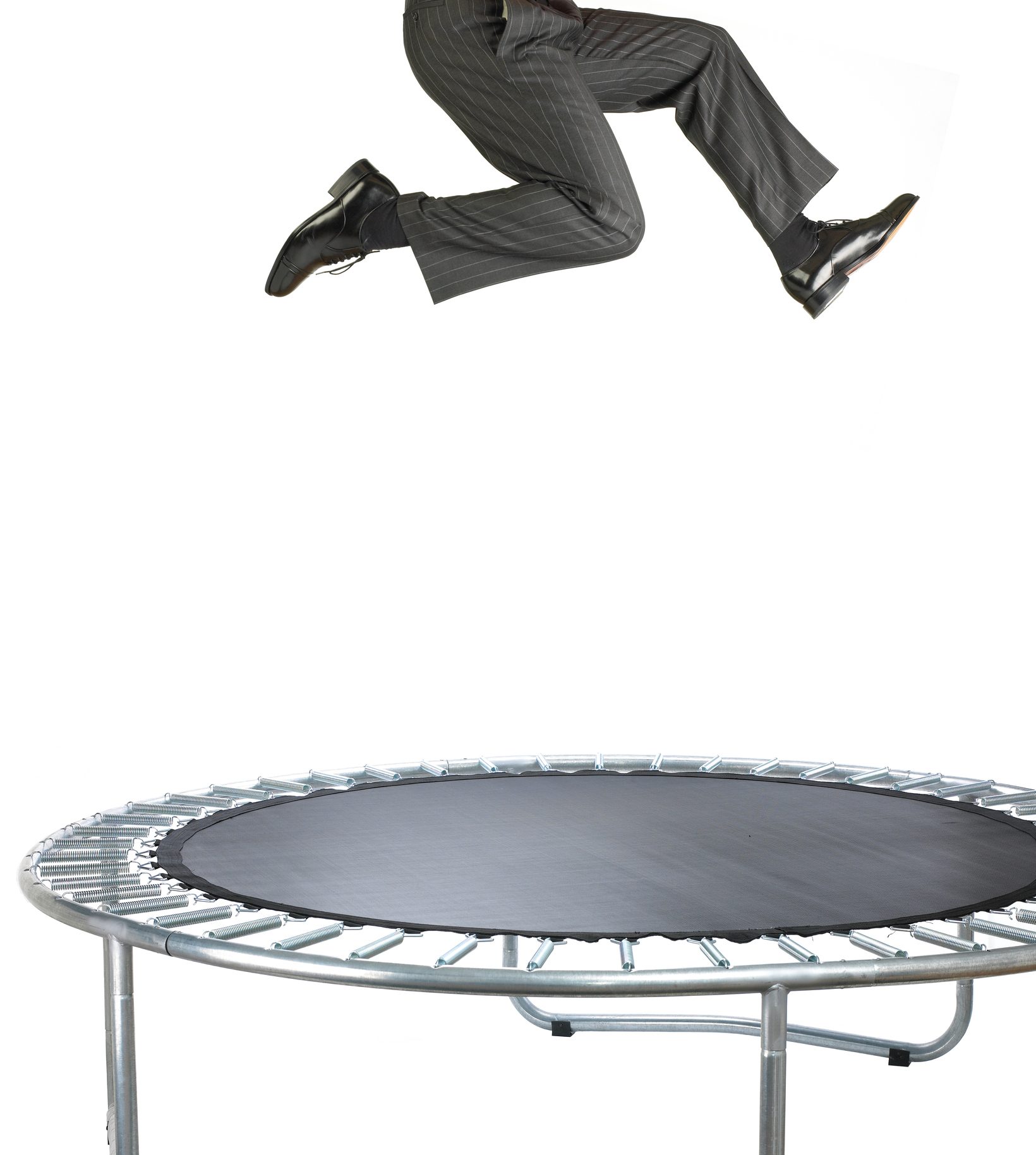
 STRATEGY CALL
STRATEGY CALLOriginally posted on February 16, 2016; Updated November 8, 2024

Are you struggling to increase organic traffic to your website? Having trouble securing leads or email sign-ups? Fighting to attract more clients? An elevated bounce rate could be one of the culprits. If you've had a website for a while, you may already know this term. However, with the new Google Analytics 4 (GA4) definition, bounce rate now refers to the percentage of users who leave the page without engaging, which can include actions like scrolling, clicking, or staying on the page for a set duration. Essentially, GA4 considers a visitor as “engaged” if they interact with your page meaningfully. If your website isn’t capturing that engagement, it might be pushing potential customers away!
Read on to learn some changes that you can make to your website to improve user engagement, lower your bounce rate and increase your traffic (and in turn, leads and ultimately conversions!) Call us today to learn more.
A huge turn off to most people is large chunks of text to read on a screen. It’s hard on the eyes. We also want to be able to find the most information with the least amount of effort. If it’s hard to find the information someone came to your website to find, they’ll leave and look for it somewhere else. Ensure that doesn’t happen by making sure your content is skimmable. This means:
Not only should your content be easy to read, but it should be something that your potential customers want to read! It should be helpful and answer a question or solve a problem that your reader has. It should be relatable, dynamic, and evoke emotion. It should tell a story. Not only should it tell a story, but your potential customer should be the hero of that story. Finally, your content should create a sense of trust and belief in your product or service without being salesy. If your content makes people feel like you are trying to sell them something right off the hop, they’ll likely ditch you. Tell them a story instead.
Short and sweet, pop ups are annoying as can be. They disrupt user experience and chase people off your site. If you can avoid it, do not use them. The end.
You may not have paid much attention to your meta description in the past, but it matters a lot more than you think! This is the short description that appears after your page title in the search engine results page. This gives both searchers and search engines a sneak preview of what your page is about. If your meta description is misleading, a searcher may click on it, just to leave your page immediately because it’s just not what they are looking for. Some tips for writing a good meta description are to keep it around 155 words, and to include your keyword.
If your website takes longer than 3 seconds to load, your potential customer will just move on to your competitor’s site. Google is also concerned about site speed, so not only will your bounce rate increase, but your rankings will slip. There are all kinds of factors that contribute to your site speed including:
The best work around for this is to work with a digital marketing agency that is experience in web design, like Smart WSI Marketing.
This heading has two exclamation points for a reason. We can’t believe we still need to tell people this in this day and age. Most people are searching on mobile devices a good percentage of the time. If your website can not easily be viewed on a mobile phone or tablet because the text is too small or doesn’t line up, or images or other elements don’t load, you best believe your potential customer is going to bounce.
Be on top of things by starting with a responsive web design in the first place. A responsive web design is intended to have the website and all it’s elements, whether it be text, images, or interactive elements, adapt (or respond) to whatever size screen it is being viewed on.
Mobile friendliness is also a ranking factor. Google actually indexes the mobile version of your site first. While that is not the meat and potatoes of this blog post, it’s definitely worth mentioning. If your website is not mobile friendly, you are doing yourself no favours when it comes to bounce rate, or SEO.
With the new GA4 definition, bounce rate doesn’t have to be the enemy—it’s a tool that shows how effectively your site engages visitors. Since GA4 bounce rate is focused on meaningful engagement rather than just tracking exits, even small adjustments to your site’s design and content can positively impact how users interact with it.
If you’re unsure where to start or can’t quite pinpoint why your bounce rate remains higher than you’d like, reach out to Smart WSI Marketing for a full review of your digital marketing strategy. A lower bounce rate with improved engagement is within reach!



